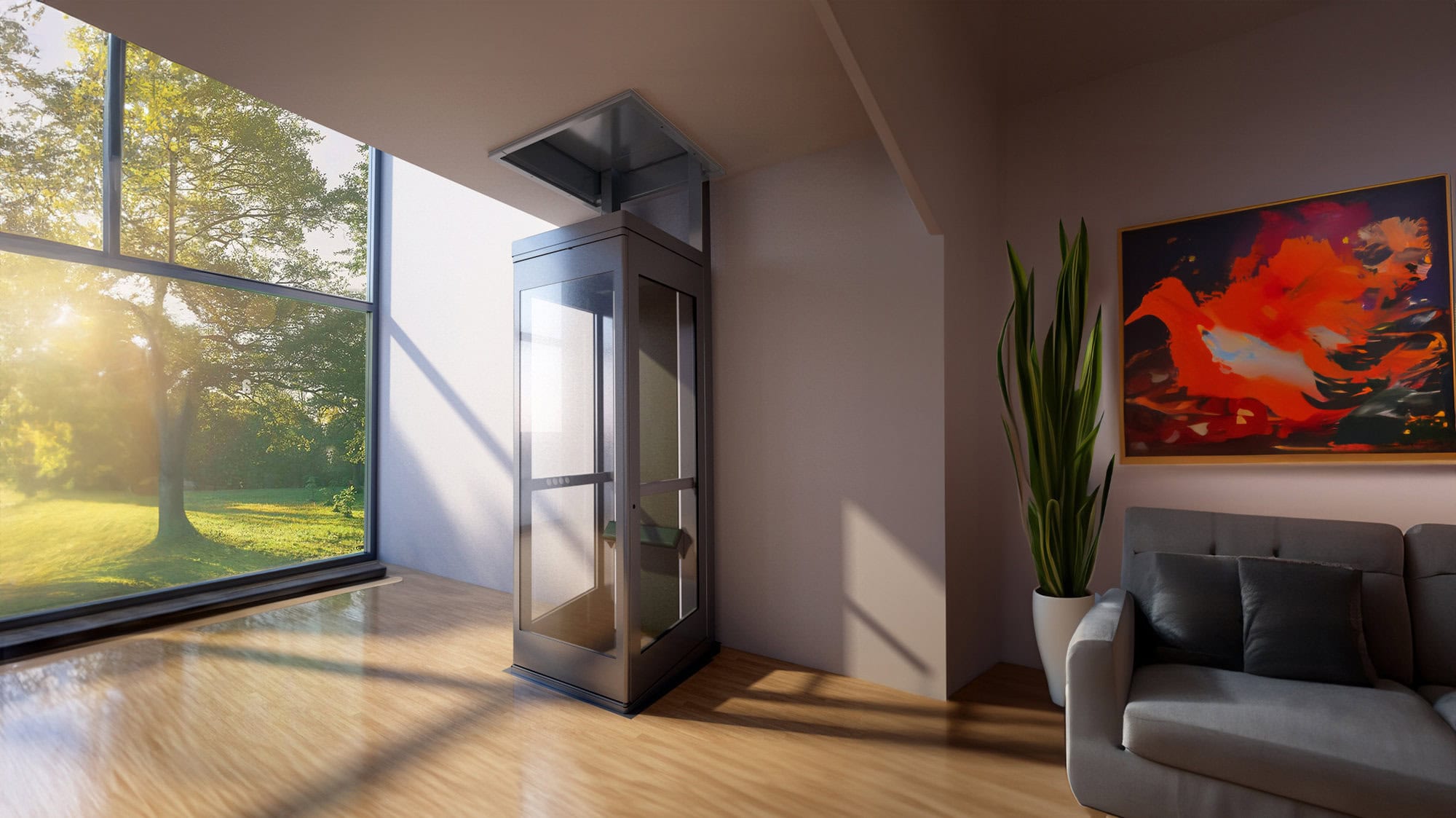We Maintain Lifts with Precision: Ensuring Safety And Security and Effectiveness
We Maintain Lifts with Precision: Ensuring Safety And Security and Effectiveness
Blog Article
Deciphering the Complexities of Lift Innovation: Troubleshooting Common Issues Across Lift Models
From sluggish operation issues to strange noises originating from the machinery, troubleshooting typical problems throughout different lift designs requires a keen eye for information and a methodical method. Stay tuned as we navigate through the maze of lift malfunctions, looking for options to the enigmatic issues that can interrupt the smooth performance of these essential devices.
Recognizing Slow Operation Issues

Next, check the electric connections to make certain that all parts are properly attached and operating. Faulty circuitry or loosened links can lead to slow down procedure or full breakdown of the lift system. Furthermore, it is necessary to check the control system to determine if the issue hinges on the shows or sensing units.
If the visual evaluation and electrical checks do not reveal the origin of the sluggish procedure, further diagnostic examinations may be necessary. These might consist of stress tests for hydraulic systems, voltage examinations for electrical elements, or running analysis software program for the control system. repair and maintenance services. By following a methodical technique to troubleshooting slow procedure concerns, you can efficiently settle the problem and identify, making certain the lift operates safely and efficiently
Attending To Unusual Noises
To successfully fix lift innovation for odd noises, a comprehensive exam of the lift parts adhering to the identification of slow-moving operation issues is important. Unusual noises in lifts can be a measure of underlying troubles that call for timely attention to make certain the safety and reliability of the system.
Additionally, it is important to refer to the lift producer's maintenance guidelines and seek help from certified professionals when dealing with complex lift components or unknown troubleshooting procedures. By immediately addressing unusual sounds and resolving underlying issues, lift operators can make sure the optimal efficiency and security of the lift system for guests and operators.
Handling Faulty Control Troubles
An effective method for addressing defective control troubles in lift modern technology involves conducting a detailed analysis of the control system's parts and performance. When encountering concerns with lift controls, it is important to first look for any type of loosened connections, harmed circuitry, or malfunctioning sensing units. Verifying that all control screens, switches, and keypads are working properly is also essential in identifying the trouble properly.
If no visible issues appear, professionals need to continue to examine the control panel for any type of signs of water corrosion, getting too hot, or damages, as these can commonly cause control breakdowns. Furthermore, resetting the control system or updating the software program might assist settle particular problems or pests creating the problem.

Tackling Hydraulic System Malfunctions
The effectiveness of hydraulic systems in lifts depends greatly on try these out the correct functioning of different elements within the system. When hydraulic systems breakdown in lifts, it can lead to operational disruptions and safety issues.
Another frequent hydraulic system malfunction is a loss of pressure, which can arise from air entering the system, fluid contamination, or pump ineffectiveness. Specialists can resolve this by bleeding the system to remove air, replacing polluted liquid, or servicing the pump as needed. Additionally, irregularities in hydraulic liquid levels or unusual sounds during lift operation may show underlying system malfunctions that call for immediate focus to avoid additional damages. Normal upkeep and timely troubleshooting of hydraulic system problems are vital to guaranteeing the secure and effective procedure of lift technology.
Taking Care Of Electrical Part Failures
Resolving electrical element failings in lift modern technology necessitates an organized approach to diagnosing and resolving concerns to preserve operational performance and safety and security standards. When coming across electric issues in lift systems, it is crucial to first carry out an extensive evaluation of the electrical components, including control panels, electrical wiring, sensing units, and circuit card. Any type of indicators of damages, deterioration, loose connections, or charred components need to be thoroughly kept in mind and addressed quickly to avoid more difficulties.
When it comes to electrical component failings, it is necessary to adhere to producer guidelines for repairing and repair service procedures. This may entail checking the parts utilizing multimeters, oscilloscopes, or other analysis devices to pinpoint the precise resource of the malfunction. Additionally, having a thorough understanding of the lift's electrical schematics and circuitry layouts can aid in determining and rectifying concerns efficiently.
Regular maintenance and examination schedules can help prevent electrical failures by spotting potential concerns beforehand. Appropriate training for lift specialists on electric systems and elements is likewise important to make certain precise medical diagnosis and efficient resolution of electric troubles, ultimately adding to the total safety and reliability of lift procedures.
Conclusion
Finally, fixing lift technology requires a methodical approach to identify and address usual troubles such as slow procedure, strange noises, malfunctioning controls, hydraulic system breakdowns, and electric part failures. By comprehending the intricacies home of lift modern technology and adhering to proper troubleshooting steps, service technicians can effectively deal with problems and ensure the risk-free and effective operation of lifts throughout various models.
To effectively troubleshoot lift technology for weird sounds, a detailed assessment of the lift elements adhering to the identification of slow-moving operation concerns is vital. Unusual sounds in lifts can be a measure of underlying issues that require prompt interest to make more sure the safety and reliability of the system.A reliable strategy for attending to faulty control issues in lift technology includes performing a detailed analysis of the control system's elements and functionality.The efficiency of hydraulic systems in lifts relies heavily on the appropriate functioning of numerous parts within the system. repair and maintenance services. When encountering electrical issues in lift systems, it is vital to first conduct an extensive evaluation of the electrical components, consisting of control panels, wiring, sensing units, and circuit boards
Report this page